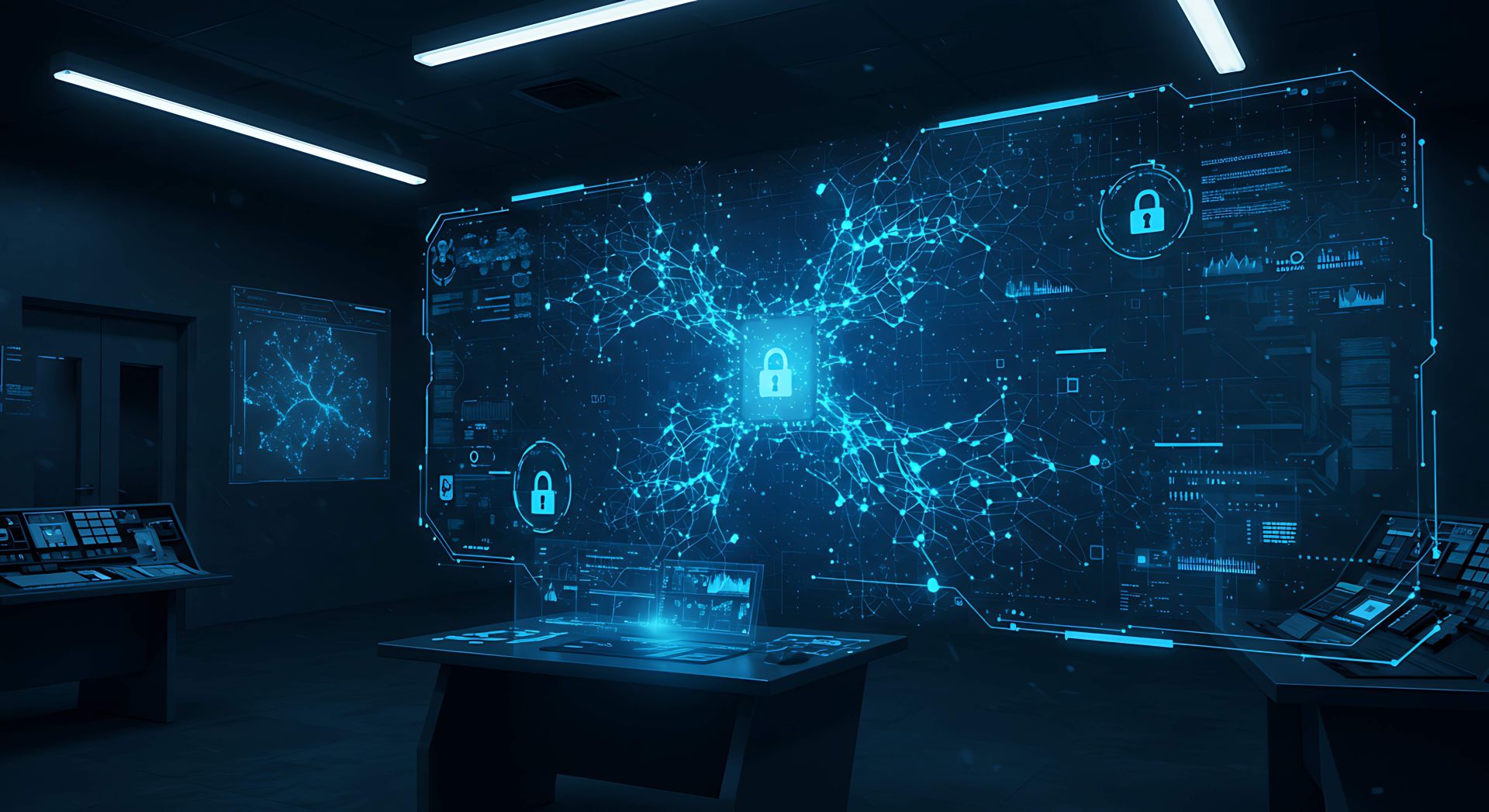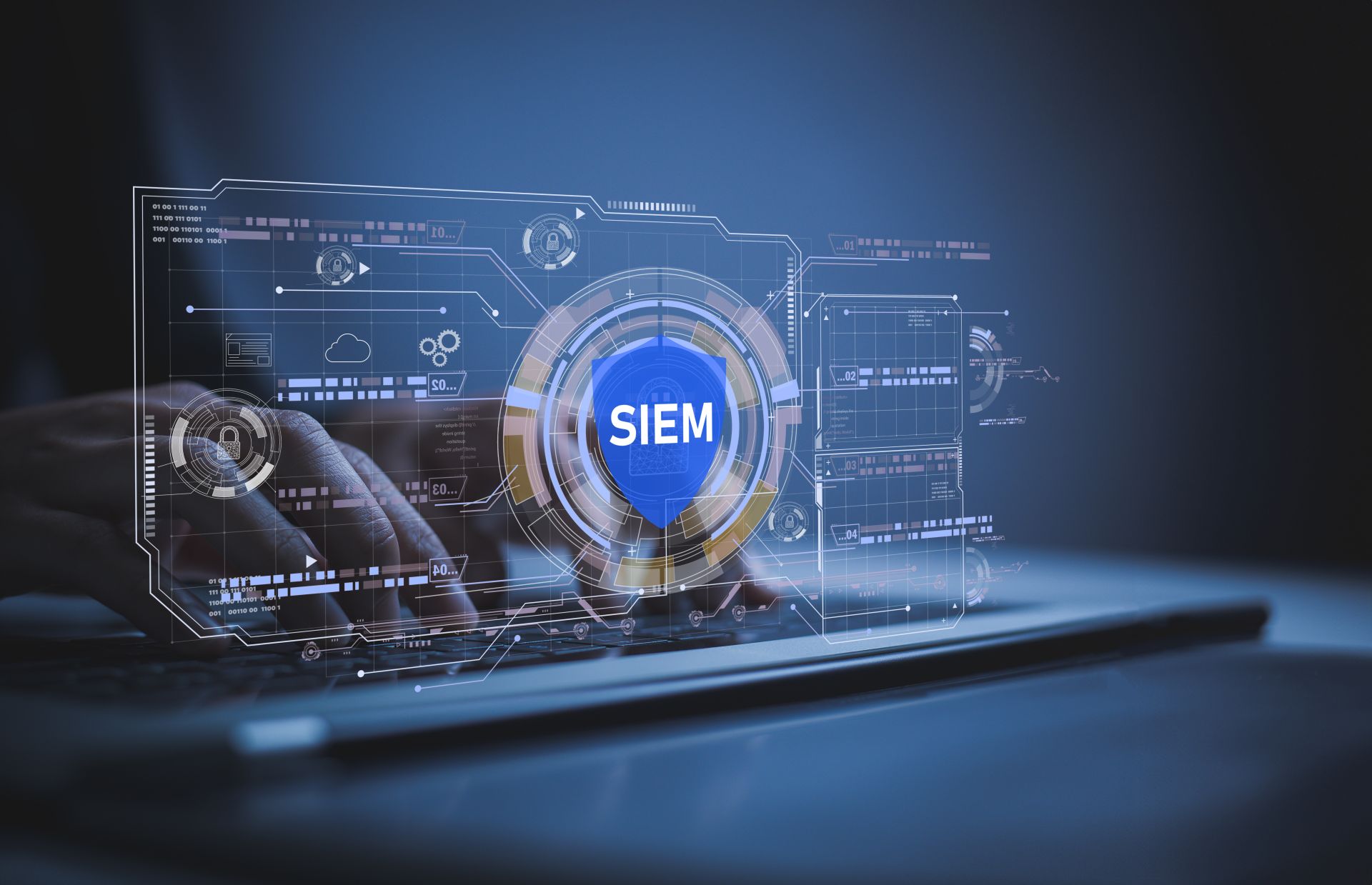Every day, thousands of companies around the world become targets of cyberattacks. According to IBM’s report, the average cost of a data breach in 2024 reached a record $4.88 million. And that’s just the beginning – forecasts suggest that by 2025, the global cost of cybercrime could soar to $10.5 trillion*. Sounds like science fiction? Unfortunately, it’s the harsh reality in which cybersecurity is no longer optional but an absolute necessity.
That’s why more and more organizations are investing in a Security Operations Center (SOC) – a digital control tower where experts monitor system traffic, analyze suspicious events, and respond before problems spiral out of control. This is where the entire process unfolds – from the first alert to lessons learned for the future.
Incident response in a SOC
Incident handling in a SOC is not a matter of chance. It’s a carefully designed process, defined in well-established standards such as NIST 800-61 and ISO/IEC 27035. Each stage plays a crucial role and can determine whether a company emerges from an attack unscathed.
- Detection
A SOC relies on SIEM solutions and analytical tools that collect logs and network traffic in real time. Thanks to these, analysts receive the first signals of a potential threat.
According to IBM’s report, the average Mean Time to Identify (MTTI) an incident in 2023 was over 200 days, while the average Mean Time to Contain (MTTC) was around 70 days*. In mature SOCs, metrics such as Mean Time to Detect (MTTD) can sometimes be measured in minutes – but values below 10 minutes are typically achieved in selected test scenarios rather than as an industry standard.
- Classification
Not every alert indicates a real threat. The task of first-line analysts is to distinguish false positives from serious incidents. At this stage, the SOC assigns priorities and decides whether the case requires escalation.
- Escalation
When an incident turns out to be serious – for example, ransomware or a phishing attack attempting to steal data – the case is handed over to higher-level analysts (L2, L3). This is where in-depth investigation begins, involving experts from various domains. In practice, major incidents often require cooperation with external teams (CERT, CSIRT), and in some cases also with the organization’s legal, HR, or PR departments.
- Response
This is where the real action begins. The SOC isolates infected workstations, blocks accounts, removes malicious processes, or even disconnects parts of the infrastructure. The response is typically divided into three stages:
- containment – limiting the impact,
- eradication – eliminating the source of the threat,
- recovery – restoring systems to normal operation.
For example, Kaspersky’s SOC team took an average of 36 minutes in 2023* to respond to a high-severity incident. This demonstrates that response time is the currency of the 21st century.
- Closure and reporting
Every incident concludes with a detailed report: what caused it, what actions were taken, and what lessons need to be implemented to prevent similar situations in the future. This forms the foundation of an organization’s security maturity. A key part of this phase is the “lessons learned” stage — analyzing the event and updating security policies, playbooks, and procedures. Insights from the incident should be applied in practice, for example, by improving system configurations or providing additional user training.
“The key is to respond quickly, but even more important is to respond wisely. Every incident is not just a problem to solve, but also a lesson for the entire organization“.
How does a SOC respond to cyber threats?
A SOC is not just about reacting – it’s a continuous battle against increasingly sophisticated attacks. In practice, this involves the following steps:
- Root cause analysis – identifying the source and nature of the attack (external or internal). It’s worth noting that insider-caused incidents are among the most costly, averaging $4.92 million per case*.
- Threat neutralization – removing malware, restoring systems, and updating security policies.
- Documentation and communication – reporting in a way that is understandable not only to IT teams but also to the business.
„The greatest challenge is not stopping the attack itself, but reporting the incident in a way that allows the business to truly understand its significance and implement the appropriate changes“.
How Microsoft technologies support the incident response process
In the modern incident response process, Microsoft technologies play a key role – from the moment an alert is detected to the final closure and reporting of the incident. Microsoft Sentinel and Defender XDR provide an integrated platform that aggregates signals from endpoints, identities, cloud, networks, and applications, and immediately correlates them within the context of the incident.
Once a potential threat is detected, automated rules and playbooks can trigger an initial response – for example, isolating affected endpoints, blocking suspicious traffic, or disabling compromised accounts – allowing for rapid reaction, often before the attack can escalate.
This approach reduces the need for SOC teams to manually sift through thousands of alerts, enabling them to focus on real incidents that require deeper analysis. Additionally, the unified view of incidents and alerts in the Defender portal ensures consistent documentation, classification, escalation, and reporting, supporting subsequent stages such as root cause analysis, lessons learned, and process improvements.
As a result, incident response with Microsoft technologies becomes faster, more effective, and better organized – turning the SOC into a true protection center rather than merely a reactive mechanism.
Why a well-organized SOC is a business advantage
- Lower incident costs – faster response times translate into multi-million-dollar savings. Companies leveraging automation and AI save an average of $2.2 million per incident*.
- Greater trust from customers and partners – rapid response limits reputational damage, which is often more painful than the technical costs themselves.
- Better preparation for the future – incident reports and lessons learned provide the foundation for implementing new procedures and strengthening infrastructure.
Summary - how does the SOC incident response process work?
Incident response in a SOC is not about putting out fires; it’s systematic work and continuous learning. From detection to reporting, every stage determines whether a company emerges from a crisis stronger.
In a world where the cost of cyberattacks rises year after year, investing in a mature SOC is not a luxury but a shield against financial and reputational losses. AI and automation are not trendy add-ons – they are essential tools without which keeping up with the pace of evolving threats becomes extremely difficult.
_
Bibliography:
- https://polandinsight.com/even-1700-attacks-per-week-here-is-the-ranking-of-main-threats-in-the-polish-network-45658/ [access: 24.11.2025r.]
- https://www.verizon.com/business/resources/reports/2024-dbir-executive-summary.pdf [access: 24.11.2025r.]
- https://usa.kaspersky.com/about/press-releases/kaspersky-soc-team-reduces-response-time-to-high-severity-incidents-by-17? [access: 24.11.2025r.]
- https://www.dtexsystems.com/blog/2025-cost-insider-risks-takeaways [access: 24.11.2025r.]
- https://market.biz/endpoint-security-statistics/? [access: 24.11.2025r.]










